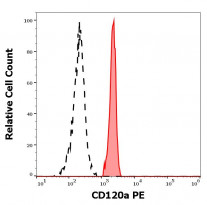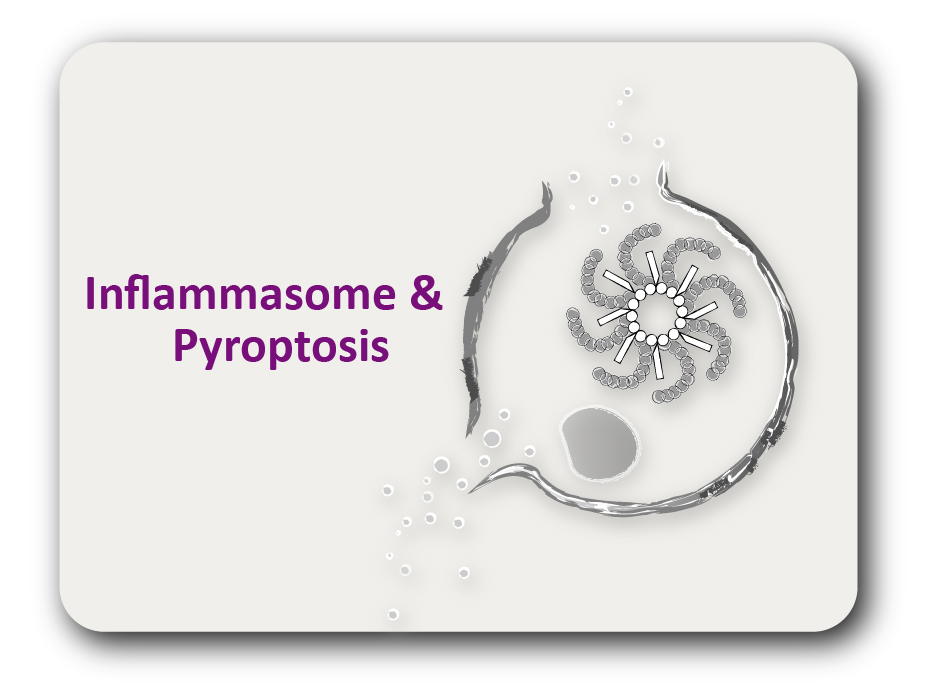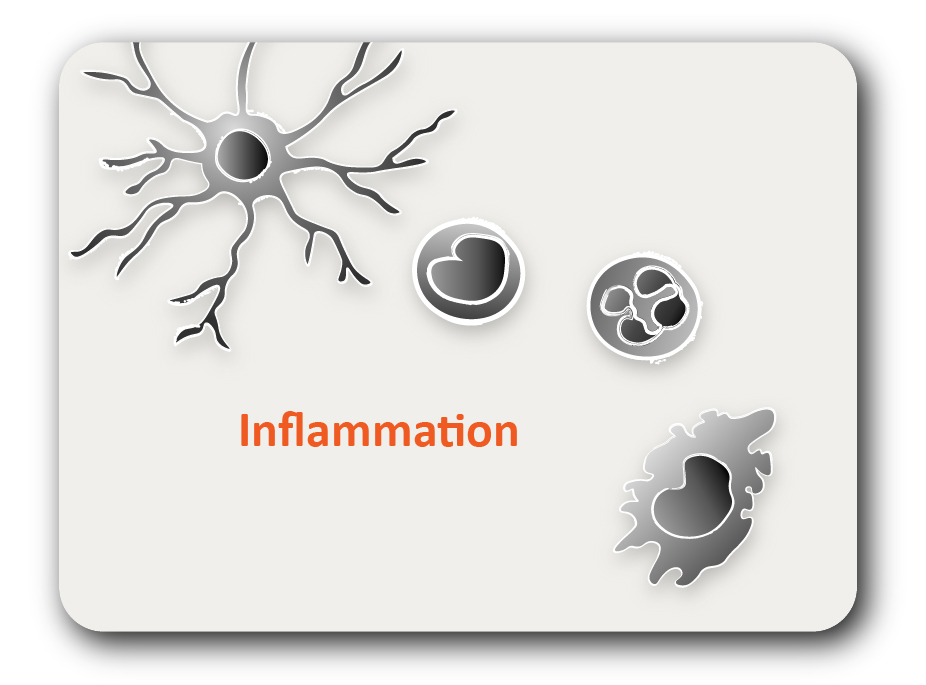ARG42298
anti-CD120a / TNFR1 antibody [H398] (PE)
anti-CD120a / TNFR1 antibody [H398] (PE) for Flow cytometry and Human
概述
| 产品描述 | PE-conjugated Mouse Monoclonal antibody [H398] recognizes CD120a / TNFR1 |
|---|---|
| 反应物种 | Hu |
| 应用 | FACS |
| 特异性 | The mouse monoclonal antibody H398 recognizes the extracellular domain of CD120a, a 55 kDa receptor for tumor necrosis factor. The antibody blocks biological activity of both natural and recombinant human TNF alpha and TNF beta. |
| 宿主 | Mouse |
| 克隆 | Monoclonal |
| 克隆号 | H398 |
| 同位型 | IgG2a |
| 靶点名称 | CD120a / TNFR1 |
| 抗原物种 | Human |
| 抗原 | Recombinant full length Human CD120a. |
| 偶联标记 | PE |
| 別名 | TNF-R; p60; TNFAR; CD antigen CD120a; TNFR55; TBP1; TNF-RI; TNFR1-d2; Tumor necrosis factor receptor superfamily member 1A; FPF; TNFR60; CD120a; TNFR1; p55; TNF-R55; TNF-R-I; MS5; TNFR-I; Tumor necrosis factor receptor 1; TBPI; Tumor necrosis factor receptor type I; TNF-R1; p55-R |
应用说明
| 应用建议 |
|
||||
|---|---|---|---|---|---|
| 应用说明 | * The dilutions indicate recommended starting dilutions and the optimal dilutions or concentrations should be determined by the scientist. |
属性
| 形式 | Liquid |
|---|---|
| 纯化 | Purified |
| 缓冲液 | PBS and 15 mM Sodium azide. |
| 抗菌剂 | 15 mM Sodium azide |
| 存放说明 | Aliquot and store in the dark at 2-8°C. Keep protected from prolonged exposure to light. Avoid repeated freeze/thaw cycles. Suggest spin the vial prior to opening. The antibody solution should be gently mixed before use. |
| 注意事项 | For laboratory research only, not for drug, diagnostic or other use. |
生物信息
| 数据库连接 |
Swiss-port # P19438 Human Tumor necrosis factor receptor superfamily member 1A |
|---|---|
| 基因名称 | TNFRSF1A |
| 全名 | tumor necrosis factor receptor superfamily, member 1A |
| 背景介绍 | This gene encodes a member of the TNF receptor superfamily of proteins. The encoded receptor is found in membrane-bound and soluble forms that interact with membrane-bound and soluble forms, respectively, of its ligand, tumor necrosis factor alpha. Binding of membrane-bound tumor necrosis factor alpha to the membrane-bound receptor induces receptor trimerization and activation, which plays a role in cell survival, apoptosis, and inflammation. Proteolytic processing of the encoded receptor results in release of the soluble form of the receptor, which can interact with free tumor necrosis factor alpha to inhibit inflammation. Mutations in this gene underlie tumor necrosis factor receptor-associated periodic syndrome (TRAPS), characterized by fever, abdominal pain and other features. Mutations in this gene may also be associated with multiple sclerosis in human patients. [provided by RefSeq, Sep 2016] |
| 生物功能 | Receptor for TNFSF2/TNF-alpha and homotrimeric TNFSF1/lymphotoxin-alpha. The adapter molecule FADD recruits caspase-8 to the activated receptor. The resulting death-inducing signaling complex (DISC) performs caspase-8 proteolytic activation which initiates the subsequent cascade of caspases (aspartate-specific cysteine proteases) mediating apoptosis. Contributes to the induction of non-cytocidal TNF effects including anti-viral state and activation of the acid sphingomyelinase. [UniProt] |
| 细胞定位 | Cell membrane; Single-pass type I membrane protein. Golgi apparatus membrane; Single-pass type I membrane protein. Secreted. Note=A secreted form is produced through proteolytic processing. Isoform 4: Secreted. Note=Lacks a Golgi-retention motif, is not membrane bound and therefore is secreted. [UniProt] |
| 预测分子量 | 50 kDa |
| 翻译后修饰 | The soluble form is produced from the membrane form by proteolytic processing. [UniProt] |
检测图片 (2) Click the Picture to Zoom In
-
ARG42298 anti-CD120a / TNFR1 antibody [H398] (PE) FACS image
Flow Cytometry: Human peripheral whole blood stained with ARG42298 anti-CD120a / TNFR1 antibody [H398] (PE) at 10 µl / 100 µl of peripheral whole blood.
-
ARG42298 anti-CD120a / TNFR1 antibody [H398] (PE) FACS image
Flow Cytometry: Separation of Human monocytes (red-filled) from lymphocytes (black-dashed). Human peripheral whole blood stained with ARG42298 anti-CD120a / TNFR1 antibody [H398] (PE) at 10 µl / 100 µl of peripheral whole blood.







